Kaidala Temple In Udupi Guide That Include A-To-Z For Travellers

Hidden away in the picturesque town of Bagali, near Tumkur in Karnataka, lies the magnificent Kaidala Temple – a rock-cut architectural marvel that has stood the test of time. This ancient shrine, carved out of a single monolithic rock, is a testament to the incredible craftsmanship and artistic prowess of the Chalukya dynasty that ruled the region in the 7th century AD. Stepping into this cave temple is like stepping back in time, where every inch of the intricately sculpted walls and ceilings whispers tales of a bygone era. From the time of the Kaidala temple to the location of the temple, to etiquette and history, to mythology, here’s everything you need to know before visiting the Kaidala temple.
A Beautiful Capture of the Kaidala Temple
Kaidala Temple is such a blissful place to visit. To add an extra dose of charm to your trip, here are some details that you must know:
1. Kaidala Temple: An Overview
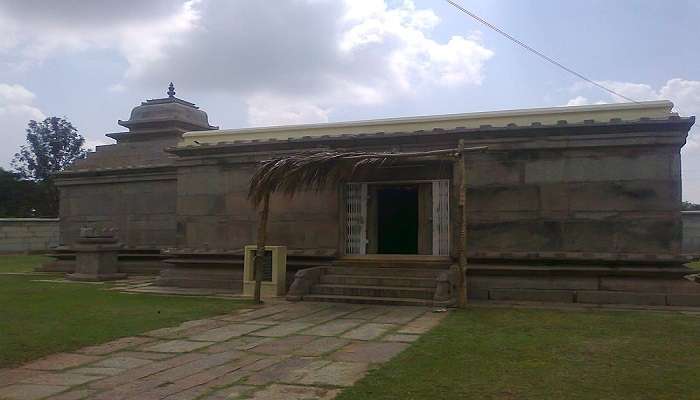
The Kaidala Temple is a magnificent rock-cut cave temple, a hallmark of the Chalukya architectural style from the 6th-8th centuries AD. Dedicated to Lord Shiva, it features exquisite carvings depicting Hindu deities and epics. The Kaidala temple’s timings are as follows: it is open from 6 AM to 8 PM daily, with the best times to visit being morning and evening when the sun creates a stunning interplay of light and shadow. Visitors must follow a dress code – modest clothing covering shoulders and legs. Shorts, sleeveless tops, and revealing attire are prohibited, but the temple provides traditional wraps if needed.
Footwear must be removed before entering. Photography is allowed except in the sanctum housing the sacred Shiva lingam. Carrying water and wearing comfortable shoes is advisable as exploring the complex involves walking and climbing steps. Guides are available to explain the temple’s history, architecture, and the meaning behind the ornate sculptures adorning the walls and ceilings.
Must Read: Places To Visit In Tumkur
2. History
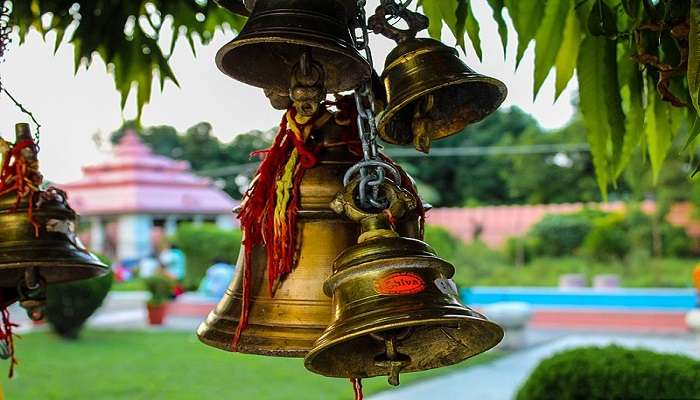
The Kaidala Temple traces its origins to the reign of Chalukya King Vijayaditya Satyashraya who ruled from 696 to 733 AD. Historical records suggest it was commissioned in the early 8th century by the king’s minister, Rachmishtaramma. The name “Kaidala” derives from the Sanskrit “Kaidala” meaning “boulder” or “large rock”, alluding to its unique rock-cut design. Constructing this temple was an incredible engineering and artistic feat given the limited tools available at that time.
The rock-cut architecture was not just a practical choice but the Chalukya dynasty’s commitment to carving an enduring legacy in stone. Achieving such intricate carvings and sculptures with rudimentary equipment is a testament to the skills of the architects and artisans. The rock-cut design was both a necessity and a conscious decision to create an architectural marvel that would withstand the vagaries of time.
3. Kaidala Temple Story
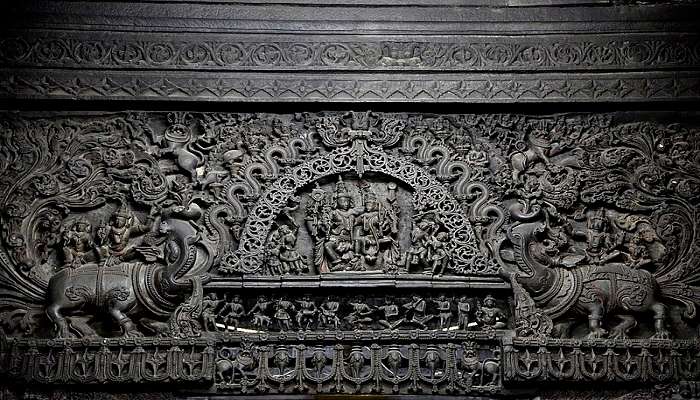
The origins of the Kaidala Temple are steeped in legend and lore. According to local folklore, the temple’s existence is inextricably linked to a devout woman named Rachmishtaramma, who served as a minister in the court of King Vijayaditya Satyashraya of the Chalukya dynasty. It is said that Rachmishtaramma was an ardent devotee of Lord Shiva and wished to construct a grand temple in his honour. One night, while deep in meditation, Lord Shiva appeared to her in a dream and instructed her to carve a temple out of a single, massive boulder.
Inspired by this divine vision, Rachmishtaramma sought the king’s permission and gathered a team of skilled artisans and architects. The temple’s construction began in the early 8th century, with the artisans painstakingly carving every inch of the rock, transforming it into an architectural marvel. As the years passed, the temple took shape, with its intricate carvings and sculptures depicting scenes from Hindu mythology and reverence for Lord Shiva.
Suggested Read: Museums In Karnataka
4. Design, Structure, And Architecture
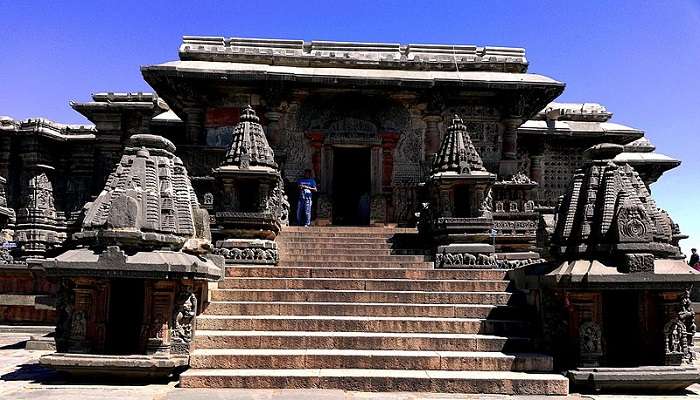
The Kaidala Temple is a masterpiece of rock-cut architecture, showcasing the exceptional skill and attention to detail of the Chalukya artisans. The temple is divided into three main sections: the entrance hall (ardha-mandapa), the main hall (mukha-mandapa), and the sanctum (garbha-griha). The entrance hall is adorned with intricately carved pillars and ceiling panels, depicting scenes from Hindu mythological stories and religious motifs. As one steps into the main hall, they are greeted by a vast, airy space that exudes a sense of tranquillity and reverence. The walls and ceilings of this expansive chamber are adorned with skillfully carved sculptures of deities, celestial beings, and mythical creatures, each a masterpiece in its own right.
The sanctum, the most sacred part of the temple, houses a massive lingam (a symbolic representation of Lord Shiva) carved out of the same rock as the rest of the temple. This sacred space is a testament to the deep reverence and devotion that the Chalukya rulers held for Lord Shiva, and the lingam itself is a masterpiece of sculpture, radiating a serene and spiritual aura. The ceiling of the sanctum is adorned with exquisite carvings of lotus petals and other floral designs, creating a mesmerising play of light and shadow.
5. More Things To Do In Tumkur town
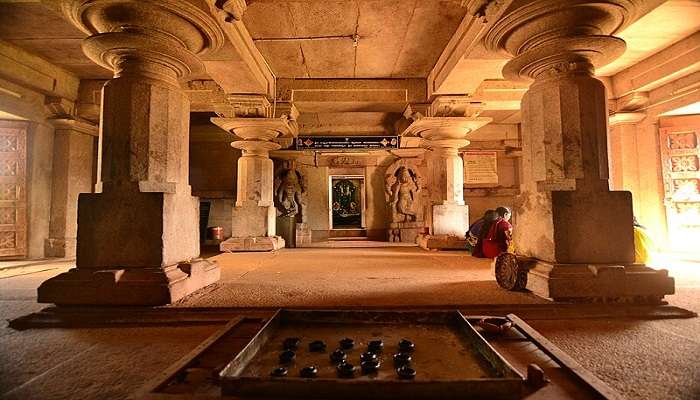
While the Kaidala Temple is undoubtedly the highlight of a visit to Tumkur, the town and its surroundings offer several other attractions and activities for visitors to explore, providing a well-rounded cultural and historical experience.
1. Siddaganga Mutt: This famous monastery is a spiritual hub and a learning centre, known for its rich heritage and architectural beauty. Visitors can attend religious discourses, participate in traditional rituals, and experience the serene atmosphere of the mutt, which has been a beacon of spirituality and wisdom for centuries.
2. Devarayanadurga Hill Fortress: Perched atop a majestic hill, this ancient fortress offers panoramic views of the surrounding landscape that will take your breath away. As you explore the fort’s remnants, including the gateways, bastions, and rock-cut caves, you’ll be transported back in time, imagining the battles and sieges that once took place within these storied walls.
3. Kunigal Stupa: This ancient Buddhist stupa, dating back to the 2nd century AD, is a significant archaeological site and a testament to the region’s rich cultural heritage. Visitors can admire the intricate carvings and learn about the history of Buddhism in the area, gaining insights into the religious and philosophical beliefs that once flourished in this part of the world.
4. Vidurashwatha: This unique temple complex in the heart of Tumkur is dedicated to Lord Vishnu and blends Hoysala and Vijayanagara architectural styles. As you wander through the temple grounds, you’ll be struck by the intricate carvings and beautiful sculptures that adorn the walls and pillars, each masterpiece in its own right.
Further Read: Places To Visit In Summer In Karnataka
Tumkur and its surroundings offer a unique blend of historical, architectural, and cultural attractions, making it a must-visit destination for travellers seeking to explore the rich heritage of Karnataka. From the awe-inspiring Kaidala Temple to the serene spiritual retreats and the imposing fortresses that dot the landscape, each site tells a story, inviting visitors to immerse themselves in the region’s fascinating past and gain a deeper appreciation for the cultural tapestry that has been woven over centuries. Book a trip to Karnataka today to avail exciting deals and discounts.
For our editorial codes of conduct and copyright disclaimer, please click here.
Cover Image Source: Wikimedia Commons
Frequently Asked Questions About Kaidala Temple
What are the best timings to visit Kaidala Temple?
The temple is open from 6 AM to 8 PM daily. However, the best times to visit are early morning or late evening when the lighting inside the cave is most spectacular.
Is there a dress code for visiting the temple?
Are cameras and photography allowed inside?
Photography is allowed in most areas except the sanctum housing the main deity. Cameras and mobile phones must be kept away in that sacred space.
How do I reach Kaidala Temple from Tumkur?
Kaidala Temple is located around 35 km from Tumkur town. You can hire a cab or take a bus to the village of Bagali near the temple.
What other attractions can I combine with Kaidala Temple?
You can club a visit to Devarayanadurga Hill Fortress, Siddaganga Mutt, Kunigal Stupa, and the temples in Tumkur town like Vidurashwatha along with Kaidala.
People Also Read:
<
Temples In South India Temples In Haridwar Temples In Uttarakhand

With a passion for exploring and travelling to the roads long forgotten, experience the world through enthralling stories and adventures. Join me as I share my experiences at some of the world’s most popular tourist destinations and quench that pestering curiosity with something exciting!











